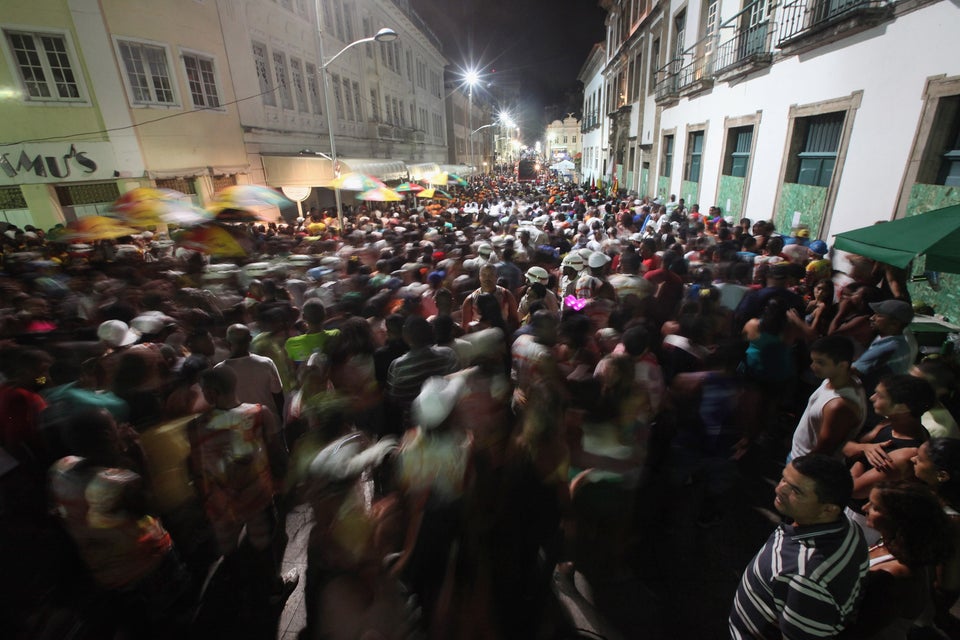The Census Bureau has sparked debate with a proposal to redefine Latinos as a racial category. The agency’s exploration into a new classification system stems from concern over the fact that some 18 million Latinos declined to identify their race in 2010.
But whatever new system emerges from the debate won’t change one key fact: "Latino" is not a race.
The term “Latino” refers to people of Latin American origin, and the countries of Latin America are diverse, multiracial and generally racially mixed. Most social scientists agree that race doesn't actually exist -- it's a social category invented to keep people apart. The diversity of Latin America makes it clear how hard it is to neatly classify people.
From Mexico to Patagonia you’ll find white people, black people and indigenous people, and all the possible combinations -- not to mention many people of Asian and Middle Eastern backgrounds. More than 67 languages are spoken in Mexico alone. More people of African descent live in Brazil than any country in the world, except Nigeria.
To understand why so many Latinos have trouble identifying a race on the Census, it helps to take a look at the restrictive options available: white, black, Asian, Pacific Islander and American Indian/Alaska Native.
Most Latin Americans, however, come from a mixed-race background -- most commonly mestizo (a person of both indigenous and European descent) or mulato (a person of both European and African descent, more commonly referred to in the United States as “biracial.”) So it’s not surprising that 37 percent of Latino respondents ticked off “some other race” -- making the category the third largest in the country, according to Fronteras Desk.
To cite one example, people of Mexican descent are by far the largest group of Latinos in the United States. And yet, most Mexicans do not clearly fit any of these racial categories.
According to the CIA World Factbook, some 60 percent of Mexicans identify as “mestizo” -- a person of both indigenous and European descent -- and another 30 percent as either “Amerindian or predominantly Amerindian.” The same is true of most Central Americans and many South Americans.
But while race may be a more fluid concept for Latinos than it is for many Americans, racism against people with darker-skin undeniably continues to exist across the Americas. In Latin America as well as the United States, those with lighter skin hold a disproportionate amount of the wealth and political power.
Now, you need only look at pictures of my Ecuadorian father and grandparents to see there's probably some indigenous Quitu in my blood -- and hooray for that. But to claim myself as Native American on the census -- the main tool used by the government to set policy and determine investments in infrastructure -- wouldn't be very helpful or particularly accurate.
Lumping all Latinos together in the U.S. Census, however, won't make it easier to identify socioeconomic injustice. Instead, it will paper over the ethnic and racial divisions within the Latino community by cramming everyone into one category.
Get to know the Latino mosaic in the slideshow above.

